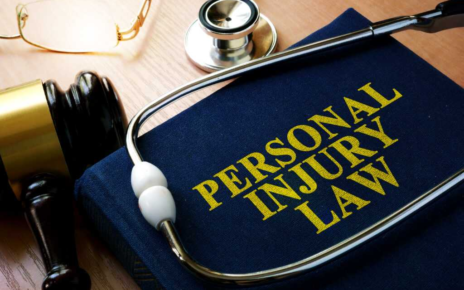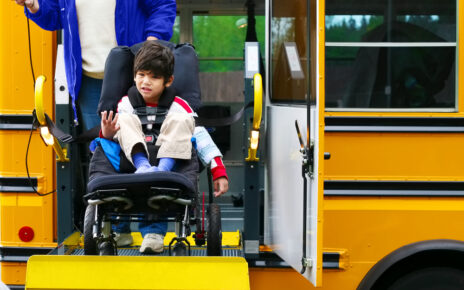Pedestrian at fault car accident scenarios create complex liability disputes where insurance companies aggressively shift blame to minimize compensation payments. These cases involve intricate traffic laws, crosswalk regulations, and comparative negligence principles that overwhelmed pedestrian victims cannot navigate while recovering from severe injuries requiring extensive medical treatment and rehabilitation.
Blame-shifting tactics exposed
Insurance companies immediately deploy investigators to accident scenes seeking evidence that pedestrians contributed to their injuries through jaywalking, distracted walking, or failure to follow traffic signals. These investigators interview witnesses with leading questions designed to elicit statements favourable to drivers while downplaying vehicle operator negligence, like speeding, texting, or failing to yield the right-of-way to lawful pedestrians. Adjusters routinely argue that pedestrians should have seen approaching vehicles and taken evasive action, ignoring driver duties to maintain proper lookouts and exercise reasonable care around foot traffic. They often claim that pedestrians were intoxicated, wearing dark clothing, or walking unpredictably, despite lacking credible evidence supporting these assertions. These blame-shifting strategies aim to reduce settlements by claiming partial or complete pedestrian fault for accidents.
Traffic law complexities revealed
Pedestrian right-of-way laws vary dramatically between jurisdictions and depend on specific circumstances like crosswalk availability, traffic signal status, and intersection design. Many pedestrians lack detailed knowledge of these regulations, making them vulnerable to insurance company arguments about traffic law violations that may not apply to their situations. shared fault in pedestrian accidents Utah follows comparative negligence principles, where compensation gets reduced by the percentage of fault attributed to pedestrians. Insurance companies exploit this system by claiming high levels of pedestrian negligence to drastically reduce settlement amounts, even when driver behavior clearly caused or substantially contributed to the accident through excessive speed, distraction, or failure to yield.
Medical complexity navigation
- Traumatic brain injuries – Pedestrian accidents frequently cause head trauma requiring neurological evaluation, cognitive testing, and long-term rehabilitation services
- Orthopedic damage – Broken bones, joint injuries, and spinal trauma need specialized treatment from multiple medical specialists over extended periods
- Internal injuries – Symptoms of internal bleeding and organ damage may not be apparent immediately.
- Psychological trauma – Post-traumatic stress, anxiety, and depression following pedestrian accidents often require mental health intervention and therapy
The lack of protective barriers between bodies and vehicles increases pedestrian injuries. These complex medical needs require coordination between multiple specialists and long-term treatment planning that overwhelmed accident victims cannot manage effectively.
Evidence preservation urgency
Critical evidence disappears rapidly after pedestrian accidents unless it is immediately preserved through legal action. Surveillance cameras from nearby businesses automatically overwrite footage within days, while skid marks, debris patterns, and other physical evidence get eliminated by weather and traffic. Cell phone records, GPS data, and vehicle computer information require prompt legal demands before wireless carriers and manufacturers purge their systems. Witness memories fade quickly, and many witnesses relocate or become reluctant to participate in legal proceedings as time passes. Police reports often contain incomplete information or inaccurate conclusions based on limited initial investigations that don’t account for all relevant factors. Legal professionals mobilize investigation teams immediately to document accident scenes and collect evidence before it disappears permanently.
Government entities may bear liability for pedestrian accidents caused by poor intersection design, inadequate lighting, missing crosswalks, or defective traffic signals. These claims require specialised procedures, including notice requirements and sovereign immunity considerations that differ from standard insurance claims. Without proper legal guidance, pedestrians often miss opportunities to pursue all available compensation sources while facing aggressive insurance company tactics to minimize their recovery.





